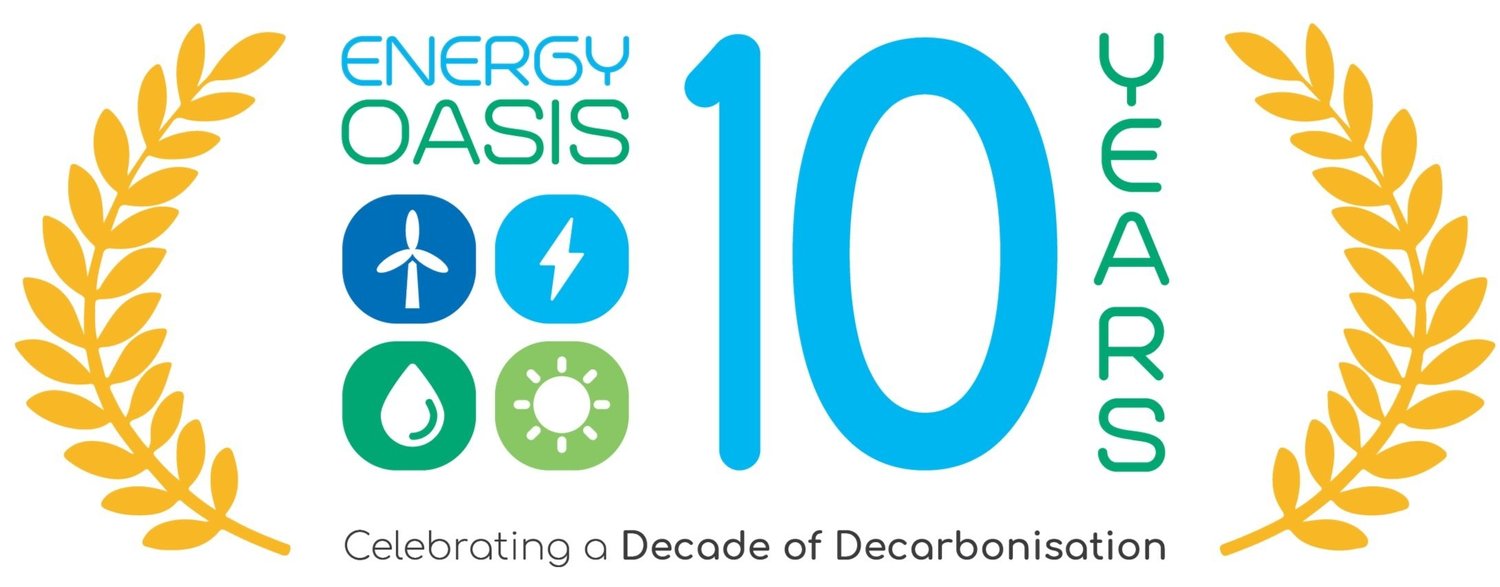Microgrids vs. Maximum Power: Finding a Sustainable Balance for Energy and Agriculture in the UK
At Energy Oasis, we are dedicated to creating sustainable and equitable energy solutions. One such solution is microgrids – small-scale power grids that can operate independently or in conjunction with the area's main electrical grid.
In this blog, we discuss the balance between large-scale energy generation and microgrids, and how this impacts the UK's energy landscape and agricultural sector.
The Maximum Power Mindset
Solar energy is a key player in the renewable energy arena. Yet, the trend towards vast solar farms covering prime agricultural land raises concern. For instance, a proposed solar farm in Yorkshire is set to cover 6,000 acres of productive farmland, potentially irreversibly disrupting local agriculture and food production. While these projects aim to maximise power generation, their impact on the UK's agricultural heritage cannot be overlooked.
Another issue to consider is one seen recently in the case of Swedish energy company Vattenfall’s Norfolk Boreas offshore wind farm project. Touted as a major renewable energy source, it faced significant challenges, including high costs and supply issues and has ultimately led to the company halting its development. These issues highlight the need for a more balanced approach to renewable energy that respects local communities and the environment and fosters UK ownership.
Microgrids: An Equitable Solution
This is where microgrids come in. Unlike large-scale projects that feed directly into the grid, microgrids can be privately wired into commercial buildings, communities, industrial estates, schools, or universities. This decentralised approach allows for more efficient energy distribution, reduces transmission losses, and places control back into the hands of the UK.
Microgrids also offer a more equitable solution. They enable energy self-sufficiency, reduce reliance on the national grid, and provide energy security during peak demand periods. Moreover, they allow for the integration of various renewable energy sources, creating a more resilient and flexible power system.
Microgrids and UK Agriculture
Importantly, championing microgrids means championing UK agriculture. We can protect our farms by reducing the need for large-scale solar farms on agricultural land, ensuring they continue to provide food and support rural economies.
Microgrids can coexist with agriculture, enabling farmers to generate supplemental income from renewable energy without sacrificing their land. Farms can benefit directly from their own microgrids, take our project at North Farm for example. This innovative solution, which includes solar power, a heat pump, an existing small-scale wind turbine, and a battery, reduces North Farm’s dependence on the grid by 90%, providing complete energy security, lower bills, and a greener future.
Take Action Now!
At Energy Oasis, we believe in the power of microgrids to create a sustainable, equitable energy future for the UK. We offer expert consultancy services to help you harness this potential. Contact us today to learn how we can help you transition to a more sustainable energy future.

